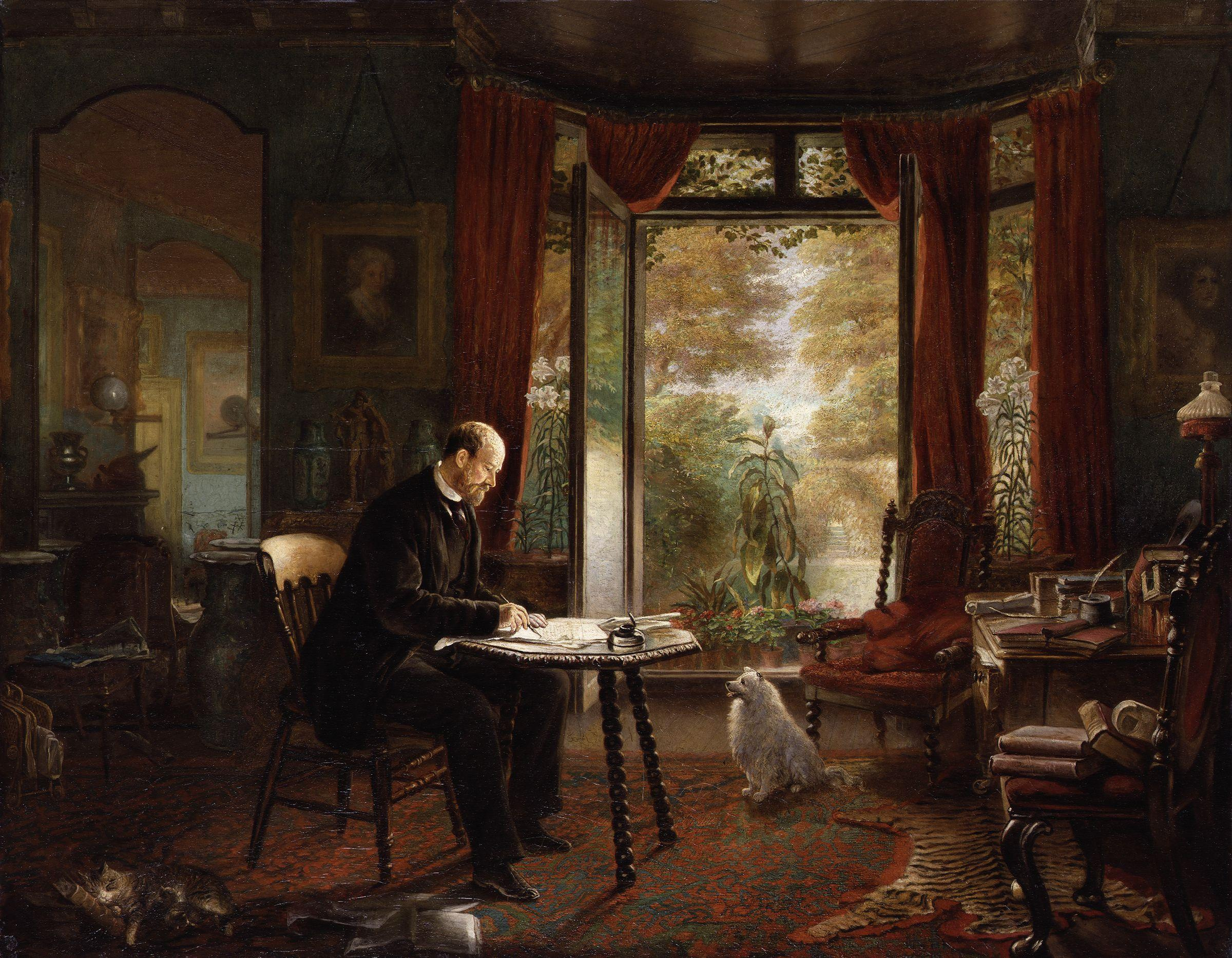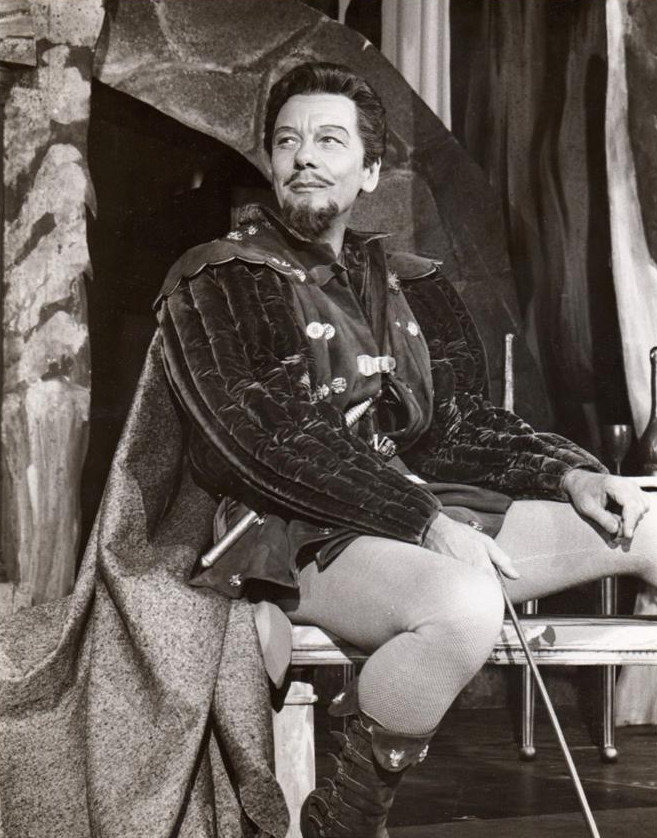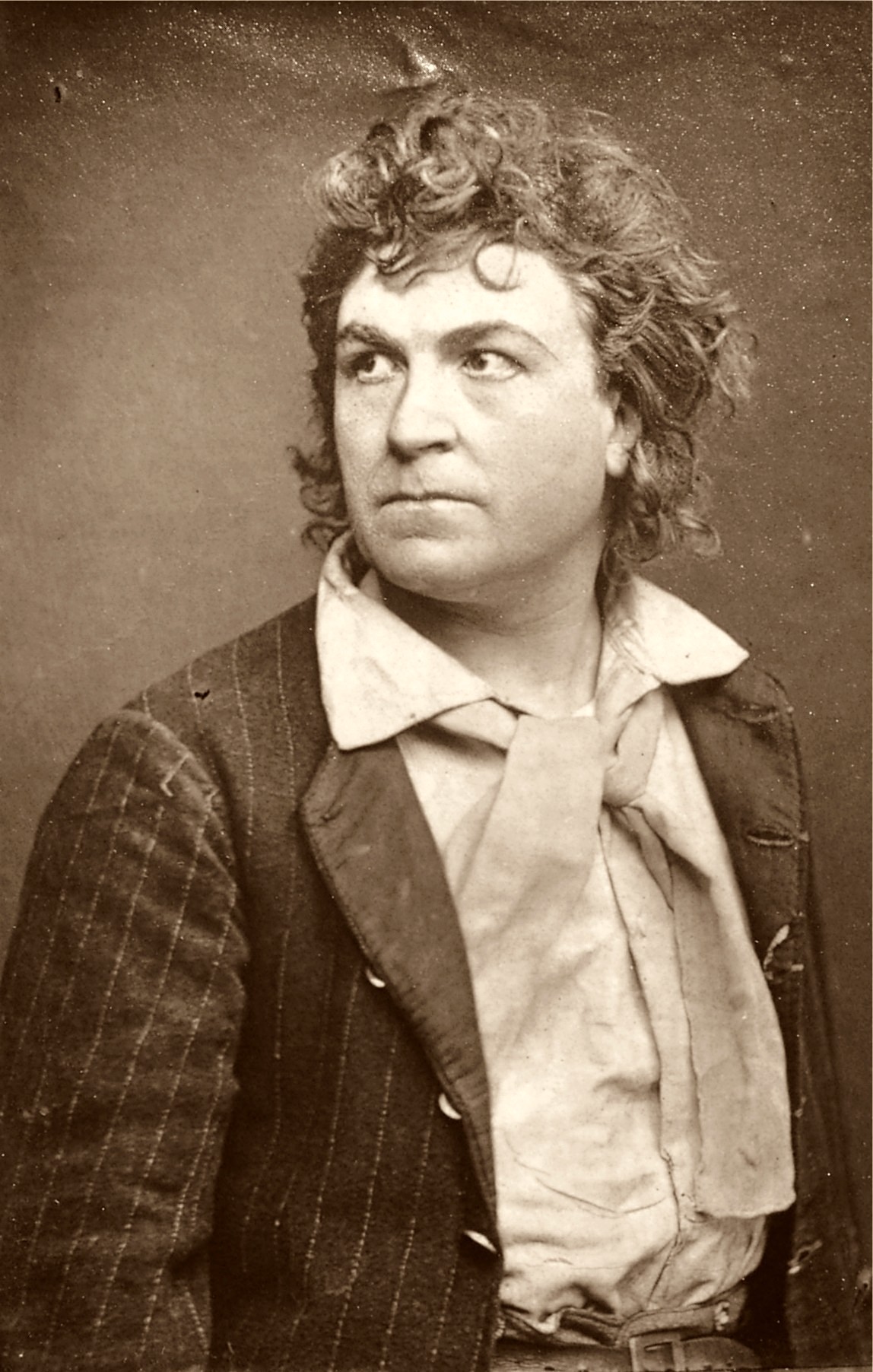|
Emily Fowler
Susannah Fowler (31 July 1847 – 1897), known by her stage name Emily Fowler, was an English actress, singer and theatre manager. Beginning in musical burlesques, she later played in contemporary drama and English classics. Although she was well-known on the London stage from 1869 to 1881, she is probably best remembered today for creating roles in three of W. S. Gilbert's early works. Early life and career Fowler was born in Rochdale, the daughter of a cabinet-maker, Samuel Matthew Fowler, and his wife Sophia ''née'' Fox. She took her stage name, Emily, in honor of her grandmother. She had three siblings, Clarissa, Sophia and Samuel. Her family moved to London before 1860, when her father died. As a teen, Fowler appeared in music hall. Gänzl, Kurt"'Putting Emily in order: W S Gilbert's forgotten lady producer" Kurt of Gerolstein, 11 June 2018 In 1867, she joined the Royalty Theatre as a chorister and was soon made a replacement in the breeches role of Gnatbrain in F. C. Burn ... [...More Info...] [...Related Items...] OR: [Wikipedia] [Google] [Baidu] |
Emily Fowler
Susannah Fowler (31 July 1847 – 1897), known by her stage name Emily Fowler, was an English actress, singer and theatre manager. Beginning in musical burlesques, she later played in contemporary drama and English classics. Although she was well-known on the London stage from 1869 to 1881, she is probably best remembered today for creating roles in three of W. S. Gilbert's early works. Early life and career Fowler was born in Rochdale, the daughter of a cabinet-maker, Samuel Matthew Fowler, and his wife Sophia ''née'' Fox. She took her stage name, Emily, in honor of her grandmother. She had three siblings, Clarissa, Sophia and Samuel. Her family moved to London before 1860, when her father died. As a teen, Fowler appeared in music hall. Gänzl, Kurt"'Putting Emily in order: W S Gilbert's forgotten lady producer" Kurt of Gerolstein, 11 June 2018 In 1867, she joined the Royalty Theatre as a chorister and was soon made a replacement in the breeches role of Gnatbrain in F. C. Burn ... [...More Info...] [...Related Items...] OR: [Wikipedia] [Google] [Baidu] |
Charles Reade
Charles Reade (8 June 1814 – 11 April 1884) was a British novelist and dramatist, best known for '' The Cloister and the Hearth''. Life Charles Reade was born at Ipsden, Oxfordshire, to John Reade and Anne Marie Scott-Waring, and had at least four brothers. He studied at Magdalen College, Oxford, taking his B.A. in 1835, and became a fellow of his college. He was subsequently dean of arts and vice-president, taking his degree of D.C.L. in 1847. His name was entered at Lincoln's Inn in 1836; he was elected Vinerian Fellow in 1842, and was called to the bar in 1843.Edwards, P.D. "Charles Reade." ''Oxford Dictionary of National Biography.'' He kept his fellowship at Magdalen all his life but, after taking his degree, he spent most of his time in London. William Winwood Reade, the influential historian, was his nephew. Writings Reade began his literary career as a dramatist, and he chose to have "dramatist" stand first in the list of his occupations on his tombstone. As an auth ... [...More Info...] [...Related Items...] OR: [Wikipedia] [Google] [Baidu] |
Rutland Barrington
Rutland Barrington (15 January 1853 – 31 May 1922) was an English singer, actor, comedian and Edwardian musical comedy star. Best remembered for originating the lyric baritone roles in the Gilbert and Sullivan operas from 1877 to 1896, his performing career spanned more than four decades. He also wrote at least a dozen works for the stage. After two years with a comic touring company, Barrington joined Richard D'Oyly Carte's opera company and, over the next two decades, created a number of memorable comic opera roles, including Captain Corcoran in ''H.M.S. Pinafore'' (1878), the Sergeant of Police in ''The Pirates of Penzance'' (1880), and Pooh Bah in ''The Mikado'' (1885), among many others. Failing in an 1888 attempt to become a theatrical manager, Barrington refocused his energies on acting and occasional playwriting. Beginning in 1896 and continuing for ten years, Barrington played in a series of very successful musical comedies under the management of George Edwarde ... [...More Info...] [...Related Items...] OR: [Wikipedia] [Google] [Baidu] |
Much Ado About Nothing
''Much Ado About Nothing'' is a comedy by William Shakespeare thought to have been written in 1598 and 1599.See textual notes to ''Much Ado About Nothing'' in ''The Norton Shakespeare'' ( W. W. Norton & Company, 1997 ) p. 1387 The play was included in the ''First Folio'', published in 1623. The play is set in Messina and revolves around two romantic pairings that emerge when a group of soldiers arrive in the town. The first, between Claudio and Hero, is nearly altered by the accusations of the villain, Don John. The second romance, between Claudio's friend Benedick and Hero's cousin Beatrice, takes centre stage as the play goes on, with both characters' wit and banter providing much of the humour. Through "noting" (sounding like "nothing", and meaning gossip, rumour, overhearing), Benedick and Beatrice are tricked into confessing their love for each other, and Claudio is tricked into believing that Hero is not a maiden (virgin). The title's play on words references t ... [...More Info...] [...Related Items...] OR: [Wikipedia] [Google] [Baidu] |
Tom Taylor
Tom Taylor (19 October 1817 – 12 July 1880) was an English dramatist, critic, biographer, public servant, and editor of ''Punch'' magazine. Taylor had a brief academic career, holding the professorship of English literature and language at University College, London in the 1840s, after which he practised law and became a civil servant. At the same time he became a journalist, most prominently as a contributor to, and eventually editor of ''Punch''. In addition to these vocations, Taylor began a theatre career and became best known as a playwright, with up to 100 plays staged during his career. Many were adaptations of French plays, but these and his original works cover a range from farce to melodrama. Most fell into neglect after Taylor's death, but ''Our American Cousin'' (1858), which achieved great success in the 19th century, remains famous as the piece that was being performed in the presence of Abraham Lincoln when he was assassinated in 1865. Life and career Earl ... [...More Info...] [...Related Items...] OR: [Wikipedia] [Google] [Baidu] |
The Marriage Of Figaro
''The Marriage of Figaro'' ( it, Le nozze di Figaro, links=no, ), K. 492, is a ''commedia per musica'' (opera buffa) in four acts composed in 1786 by Wolfgang Amadeus Mozart, with an Italian libretto written by Lorenzo Da Ponte. It premiered at the Burgtheater in Vienna on 1 May 1786. The opera's libretto is based on the 1784 stage comedy by Pierre Beaumarchais, '' La folle journée, ou le Mariage de Figaro'' ("The Mad Day, or The Marriage of Figaro"). It tells how the servants Figaro and Susanna succeed in getting married, foiling the efforts of their philandering employer Count Almaviva to seduce Susanna and teaching him a lesson in fidelity. Considered one of the greatest operas ever written, it is a cornerstone of the repertoire and appears consistently among the top ten in the Operabase list of most frequently performed operas. In 2017, BBC News Magazine asked 172 opera singers to vote for the best operas ever written. ''The Marriage of Figaro'' came in first out of ... [...More Info...] [...Related Items...] OR: [Wikipedia] [Google] [Baidu] |
Royal Court Theatre
The Royal Court Theatre, at different times known as the Court Theatre, the New Chelsea Theatre, and the Belgravia Theatre, is a non-commercial West End theatre in Sloane Square, in the Royal Borough of Kensington and Chelsea, London, England. In 1956 it was acquired by and remains the home of the English Stage Company, which is known for its contributions to contemporary theatre and won the Europe Prize Theatrical Realities in 1999. History The first theatre The first theatre on Lower George Street, off Sloane Square, was the converted Nonconformist Ranelagh Chapel, opened as a theatre in 1870 under the name The New Chelsea Theatre. Marie Litton became its manager in 1871, hiring Walter Emden to remodel the interior, and it was renamed the Court Theatre. Several of W. S. Gilbert's early plays were staged here, including ''Randall's Thumb'', ''Creatures of Impulse'' (with music by Alberto Randegger), ''Great Expectations'' (adapted from the Dickens novel), and ''On Gu ... [...More Info...] [...Related Items...] OR: [Wikipedia] [Google] [Baidu] |
Zampa
''Zampa'','' ou La fiancée de marbre'' (''Zampa, or the Marble Bride'') is an opéra comique in three acts by French composer Ferdinand Hérold, with a libretto by Mélesville. The overture to the opera is one of Hérold's most famous works and is a staple of orchestral repertoire. Performance history ''Zampa'' was first performed in Paris on 3 May 1831 at the Opéra-Comique (Salle Ventadour), where it became popular, achieving 500 performances by 1877. In the 20th century however, it faded from the repertoire. It was also popular in Germany and Italy; in the latter the spoken dialogue was replaced by recitatives. It was first performed in the United States on 16 February 1833 at the Théâtre d'Orléans in New Orleans, and in the United Kingdom on 19 April 1833 at the King's Theatre in London. The opera was revived at the Opéra-Comique in March 2008 under William Christie in a production by Macha Makeïeff and Jérôme Deschamps. [...More Info...] [...Related Items...] OR: [Wikipedia] [Google] [Baidu] |
The Ticket-of-Leave Man (play)
''The Ticket-of-Leave Man'' is an 1863 stage melodrama in four acts by the British writer Tom Taylor, based on a French drama, ''Le Retour de Melun''. It takes its name from the Ticket of Leave issued to convicts when they were released from jail on parole. A recently returned convict is blackmailed by another man into committing a robbery, but is rescued thanks to the intervention of a detective. It has been described as probably being the first play about a detective. The play introduced the character of Hawkshaw the Detective, with "Hawkshaw" becoming a synonym for a detective. It was not well received by critics, but proved very popular with audiences and was constantly revived, becoming one of the standard works of Victorian melodrama. First production The play was first produced in March 1863 at the Olympic Theatre in London. The cast included Henry Gartside Neville as Robert Brierly, Horace Wigan as Hawkshaw, Robert Soutar as Green Jones and Kate Saville as May Edward ... [...More Info...] [...Related Items...] OR: [Wikipedia] [Google] [Baidu] |
Dion Boucicault
Dionysius Lardner "Dion" Boucicault (né Boursiquot; 26 December 1820 – 18 September 1890) was an Irish actor and playwright famed for his melodramas. By the later part of the 19th century, Boucicault had become known on both sides of the Atlantic as one of the most successful actor-playwright-managers then in the English-speaking theatre. Although ''The New York Times'' hailed him in his obituary as "the most conspicuous English dramatist of the 19th century," he and his second wife, Agnes Robertson Boucicault, had applied for and received American citizenship in 1873. Life and career Early life Boucicault was born Dionysius Lardner Boursiquot in Dublin, where he lived on Gardiner Street. His mother was Anne Darley, sister of the poet and mathematician George Darley. The Darleys were an important Anglo-Irish Dublin family influential in many fields and related to the Guinnesses by marriage. Anne was married to Samuel Smith Boursiquot, of Huguenot ancestry, but the identi ... [...More Info...] [...Related Items...] OR: [Wikipedia] [Google] [Baidu] |
Henry Gartside Neville
Thomas Henry Gartside Neville (20 June 1837 – 19 June 1910) was an English actor, dramatist, teacher and theatre manager. He began his career playing dashing juvenile leads, later specialising in Shakespearean roles, modern comedy and melodrama. His most famous role was as Bob Brierley in Tom Taylor's '' The Ticket-of-Leave Man''. As the manager of the Olympic Theatre from 1873 to 1879, he presented numerous successful productions. In later years, he became a respected character actor. Biography Early years Neville was born in Manchester, England, son of John Garside Neville and his second wife Mary Anna, ''née'' Gartside (died 1895).Charles_Dickens.html" ;"title="No Thoroughfare'' (1868) by Charles Dickens">No Thoroughfare'' (1868) by Charles Dickens and Wilkie Collins. Neville is third from left. From 1857 to 1860 Neville acted in the English provinces and Scotland. When the tragedian John Vandenhoff made his farewell performance in 1858 at the Theatre Royal, Liverpool, ... [...More Info...] [...Related Items...] OR: [Wikipedia] [Google] [Baidu] |
The White Cat (fairy Tale)
''The White Cat'' (French: ''La Chatte Blanche'') is a French literary fairytale written by Madame d'Aulnoy and published in 1698. Andrew Lang included it in ''The Blue Fairy Book.'' It is Aarne–Thompson type 402, "The Animal Bride," with close similarities to Type 310, "The Maiden in the Tower," including tales such as Rapunzel. Plot A king, fearing that he will lose his throne to one of his three sons, sets them impossible tasks to distract them. First he says that the one who can obtain the smallest and most beautiful dog will be the next king, and gives them a year to obtain it. The three princes set off separately. The youngest son travels for some time, seeking smaller dogs, until he discovers a fantastically decorated castle hidden in the woods. He soon discovers that it is inhabited entirely by intelligent, talking cats. Their queen is a beautiful little white cat, who invites the prince to dinner and entertains him. He is surprised to see that the cat wears a locket ... [...More Info...] [...Related Items...] OR: [Wikipedia] [Google] [Baidu] |








